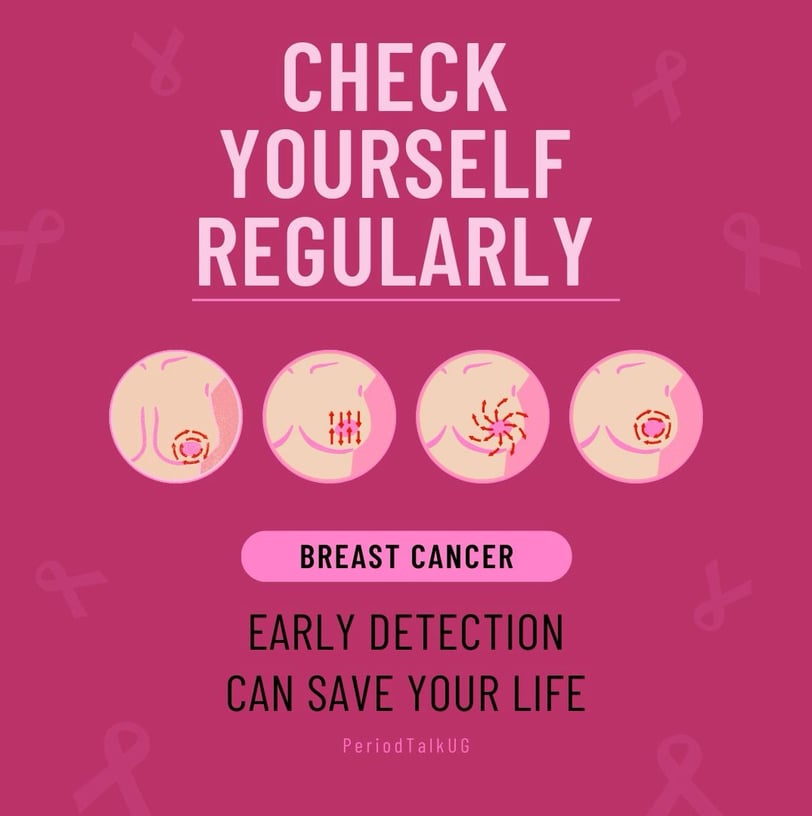Breast Cancer Classifications
Breast cancer is categorized based on microscopic cell appearance, growth patterns, origin site within the breast, and receptor expression. These classifications are essential for determining optimal treatment strategies and predicting outcomes.
5/1/20252 min read
Breast cancer is categorized based on microscopic cell appearance, growth patterns, origin site within the breast, and receptor expression. These classifications are essential for determining optimal treatment strategies and predicting outcomes.
Invasive vs. Non-invasive
Breast cancer typically originates in either the milk-producing lobules or the milk-carrying ducts. When classified as invasive (infiltrating), it has penetrated surrounding breast tissue.
Primary Invasive Types
Invasive Ductal Carcinoma (IDC): Originates in milk ducts; represents approximately 80% of all breast cancers. Early detection is vital as it can metastasize.
Invasive Lobular Carcinoma (ILC): Begins in milk-producing lobules; accounts for roughly 10% of invasive breast cancers. Often more difficult to detect via mammography and may spread in a diffuse pattern.
Specialized Invasive Types
Triple-negative: Lacks estrogen receptors, progesterone receptors, and excess HER2 proteins. Represents 12% of invasive cases. Generally, more aggressive with fewer treatment options, though chemotherapy can be effective.
Triple-positive: Tests positive for estrogen and progesterone receptors with excessive HER2 proteins. Comprises about 10% of cases. Tends to grow rapidly but responds well to targeted therapies like Herceptin.
Inflammatory: Rare aggressive form causing redness, swelling, and inflammation as cancer cells block lymph vessels. Often diagnosed at advanced stages, requiring aggressive treatment.
Metastatic (Stage IV): Has spread beyond the breast to bones, liver, lungs, or brain. May occur as initial diagnosis (de novo) or as recurrence months/years after treatment.
Metaplastic: Rare variant where cancer cells transform to resemble different tissue types like skin or bone. Typically, aggressive and less responsive to standard treatments.
Paget disease: Rare form that begins in ducts and extends to nipple and areola skin. Frequently associated with DCIS or invasive cancer elsewhere in the breast.
Recurrent: Cancer that returns after treatment, either locally (same breast), regionally (nearby lymph nodes), or distantly (other body parts).
Male breast cancer: Uncommon, representing less than 1% of diagnoses; primarily invasive ductal carcinomas.
Non-invasive Types
Ductal Carcinoma in Situ (DCIS): Confined within milk ducts; comprises 16% of diagnoses. Considered an early form with excellent treatment outcomes, though increases risk of later invasive cancer.
Lobular Carcinoma in Situ (LCIS): Despite its name, classified as a benign condition rather than true cancer, though indicates increased risk.
Other Breast Tumors
Phyllodes Tumors: Rare (less than 1% of breast tumors); approximately 25% are malignant. Treatment typically involves surgical removal.


